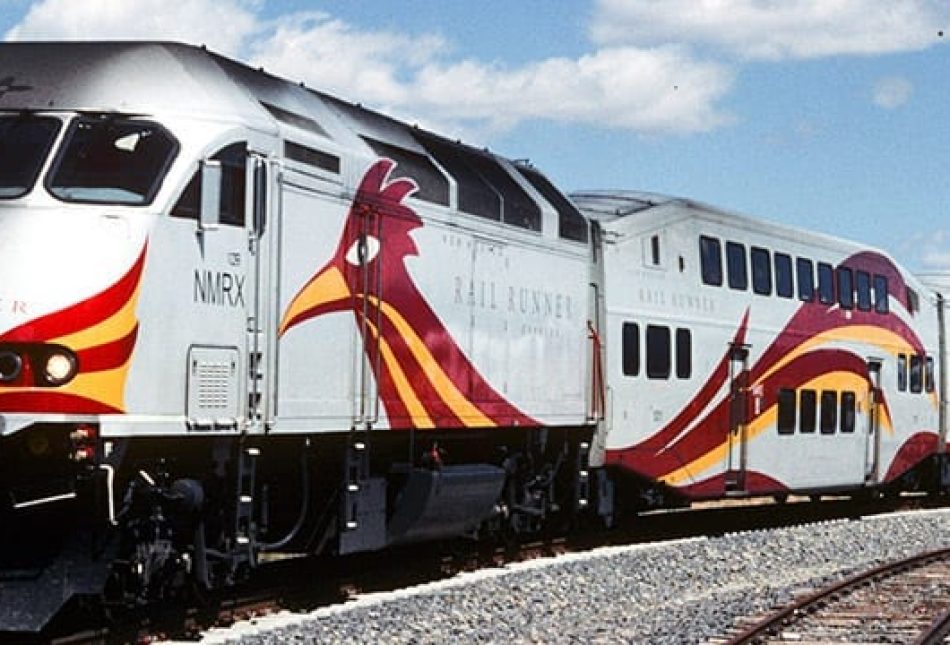Richardson Railroads Taxpayers

Fueled by oil and gas revenues that have been flowing into government coffers at a record pace, New Mexico has joined the nationwide rush to embrace expensive rail projects, with little regard for cost and even less consideration for utility.
Gov. Bill Richardson has gone on record as wanting to “reduce the greenhouse gas emissions of new cars and trucks sold in New Mexico by approximately 22% by 2012 and 30% by 2016.” At the state level, he is among the ringleaders proposing radical action on global warming. And in support of his ambitious goal, this supposedly “moderate” governor seems willing to spend whatever it takes on passenger rail projects — no matter how ineffective that effort may be.
The first Richardson-sponsored rail boondoggle is a commuter rail train. This project, known as the Rail Runner, is projected to cost $400 million. The first leg of the project, connecting downtown Albuquerque and the suburban city of Bernalillo, went into service earlier this year. By the time tracks are laid to Santa Fe (approximately 60 miles north of Albuquerque), the cost may exceed $500 million.
With a population of just 7,000, Bernalillo is hardly the sort of place that needs a rail link. But in New Mexico — with its sparse population and wide-open spaces — very few places make sense for commuter rail. That is why 9 out of every 10 dollars needed to run Richardson’s Rail Runner will be taxpayer subsidies.
Upon completion, Rail Runner will span 110 miles, from the town of Belen (another small town of 7,000), through Albuquerque and Bernalillo, and ultimately to the state capital of Santa Fe. Approximately 20 miles of completely new “right of way” will be acquired to complete the trip.
Unfortunately, Rail Runner is just one of New Mexico’s rail boondoggles. Albuquerque’s city council recently adopted a plan that would build a $270 million “modern streetcar” system, with up to $135 million of that money being funneled into one small part of the city from all over the state.
Although Richardson has not formally committed state funding to the scheme, as a close ally of Albuquerque mayor Martin Chavez, he has committed to “being helpful in contributing to the project.” With Richardson, “help” usually comes in the form of a tall stack of taxpayer dollars.
Like Rail Runner, this “modern streetcar” is a problem of too much infrastructure serving too few people. Albuquerque, with less than 2,500 people per square mile, is only 60 percent as dense as Portland, Oregon — the model for rail-backers — which has more than 4,000 people per square mile. Albuquerque’s metropolitan area has only 40 percent as many people as Portland: 797,000 versus 2 million.
A 10-mile long streetcar system may sound great, but at a cost of at least $28 million per mile, buying a few more busses makes a lot more sense — especially since the city runs its entire bus system on $35 million per year.
New Mexico’s infatuation with costly rail projects will continue to burden the state’s economy with wasteful spending into the distant future. This reality was made clear earlier this year when Rep. Tom Davis (R., Va.) secured $1.5 billion in federal money for Washington’s Metro rail system, contingent on local governments raising taxes on their citizens to create a “dedicated revenue source” for that system.
While New Mexico’s Rail Runner and streetcar systems will be nowhere near the size and cost of DC’s Metro, the federal government is not going to bail the state out. In other words, big tax hikes will be necessary to pay for operating costs, upkeep, inevitable expansion, and cost overruns.
Perhaps someday we will move away from government-financing of infrastructure towards an actual free-market-based transportation system. In the meantime, voters need to know that taxpayer-financed rail projects are a one-way ticket to higher taxes.
— Paul Gessing is the president of the Rio Grande Foundation.

